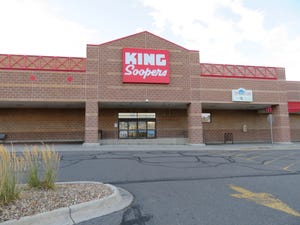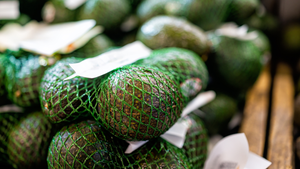Annual Power of Meat Consumer Survey: Price Still Important, Need for Convenience GrowingAnnual Power of Meat Consumer Survey: Price Still Important, Need for Convenience Growing
January 1, 2018
Price and value continue to lead meat purchasing decisions however, the focus on price is no longer as strong as it has been in the past two years, as high income shoppers ease up on money-saving measures, according to the annual Power of Meat survey published by American Meat Institute (AMI) and Food Marketing Institute (FMI). At dinner, convenience is growing in importance, as demonstrated by a greater interest in heat-and-eat and ready-to-eat meats, the as well as the ease/time of preparation in consumer purchasing decisions and the types of meals people are preparing more often, including under-20-minute meals and one-pot meals. The in-depth report, conducted by 210 Analytics, LLC, was commissioned jointly by the American Meat Institute (AMI) and the Food Marketing Institute (FMI) with sponsorship by Sealed Air’s Cryovac Food Packaging Division. The survey details the findings of a national online poll of 1,425 consumers conducted in December 2012 and was released today at the 2013 Annual Meat Conference in Nashville, TN. The report’s high-level findings include: Meat Consumption and Preparation For the first time in eight years, the number of meals grocery shoppers prepared that featured a portion of protein declined from 4.1 to 3.6 meals per week, but the share of shoppers eating meat and poultry at least once a week remained stable at 93 percent. Portion control, driven by the quest to save money and protein diversity, is the primary catalyst for change. National Brands Gain Ground, Private-Brands Hold Steady While shoppers continue to display a great degree of flexibility, switching between brands, species and cuts, a greater share of shoppers reported preferring national brands outright. Despite that trend, shoppers preferring private-brand meat and poultry held steady. Higher income households, in particular, reported a return to an outright preference for national brands. Natural/Organics Making Post-Recession Comeback The share of shoppers who have purchased natural and/or organic meat and poultry rose to 26 percent, with a particularly high penetration among higher-income shoppers. Most notably, 73 percent of supermarket shoppers purchase organic/natural meat at their primary store, the highest level in eight years – moving the natural/organic purchase from the specialty channels to supermarkets, warehouse clubs and supercenters. Digital References Reign for Preparation; In- Store Tools Seen as Useful While “mom” was the leading resource for how to best prepare meat and poultry in 2012, she was edged out by digital resources (websites, apps, blogs) this year. Twenty-seven percent of survey respondents said they would consult online resources compared to 23 percent who prefer to ask family members. In addition, the report also explores nutrition tools and how shoppers are making more educated decisions in the meat department. Indeed, consensus among shoppers was that the industry provides adequate tools to help them make informed decisions, jumping from 57 percent in 2009 to 72 percent in 2013.
About the Author
You May Also Like




